| An Important Maserati Sale A forthcoming auction of important and exciting Maseratis. |
|
| August 15-16, 2003 Monterey Sports Car Auction DoubleTree Hotel at Fisherman's Wharf, Monterey, California, USA. |
|
| INCREDIBLE COACHBUILT MASERATI COLLECTION TO BE FEATURED AT RM AUCTIONS' ANNUAL MONTEREY SALE |  |
Houston Businessman Alfredo Brener To Sell His Assemblage of Rare Grand Touring Maseratis, August 15-16, 2003 |
|
| I would like to thank Terrance D. Lobzun of RM Auctions for his kind permission to reproduce the images and text from their fine catalogue. | |
|
LOT 451 1957 Maserati A6G/2000 Spyder with coachwork by FRUA. |
|
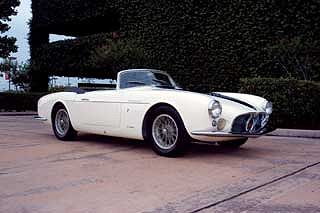 |
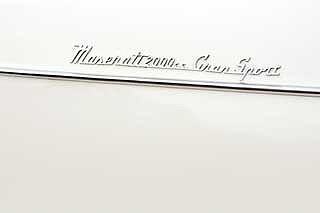 |
|
CHASSIS No 2191 160bhp 1,985cc. dual overhead camshaft inline six-cylinder engine, four-speed manual transmission, independent front suspension with coil springs, live rear suspension with radius arms and leaf springs, four-wheel hydraulically-actuated drum brakes. Wheelbase 2,550mm (100.4"). |
|
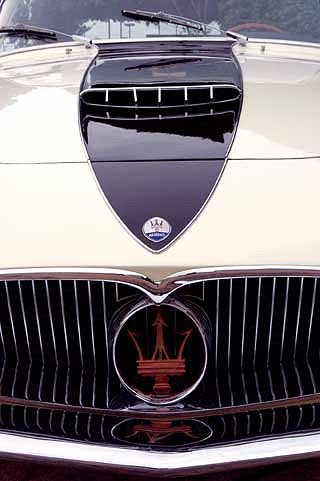 |
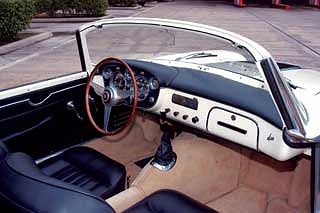 |
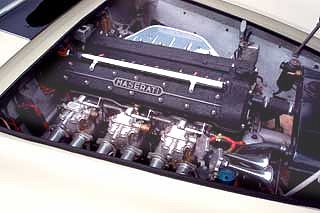 |
|
One of the most successful coachbuilders on the A6 chassis was Pietro Frua and his most memorable and successful design was the Spyder. Only some nine were built during the period from 1955 through 1957, but they are coveted by collectors for their excellent build quality and tasteful yet sporting styling. The example offered here from the collection of Mr. Alfredo Brener is one of the last produced, from the final year of A6G/2000 production. Typically Frua in design and execution, the Spyder is tautly packaged with minimal external embellishments and the true elegance which comes from thoughtful integration of form and function. Even with the top erected the Frua Spyder is refreshing. |
|
ESTIMATE US $200,000 - $300,000 / GB £133,000 - £199,000 (approx.) |
|
| TWO MORE IMPORTANT MASERATIS |
|
LOT 469 1956 Maserati A6G2000 Coupe with coachwork by ZAGATO. |
|
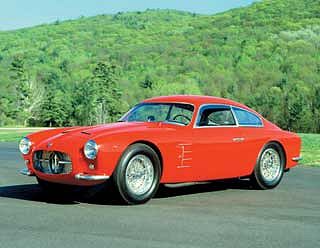 |
|
|
CHASSIS No 2189 165bhp 1,985cc double overhead camshaft inline six-cylinder engine with three twin choke Weber carburetors, twin ignition, five-speed transmission, independent front suspension with upper and lower wishbones and coil springs, solid rear axle with radius rods and leaf springs, and four-wheel hydraulic drum brakes. Wheelbase: 100.4". |
|
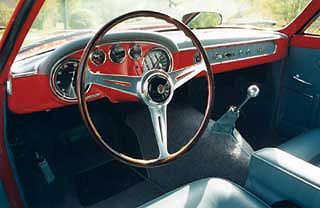 |
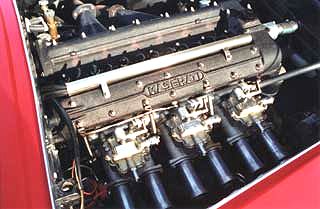 |
As with many hand-built Italian cars of the period, these bodies were coachbuilt, with each one differing slightly from the other. Allemano, Frua, Vignale, and Zagato all clothed A6G2000 chassis, but there is little doubt today that it is these striking Zagato coupes that are considered the prettiest. |
|
ESTIMATE US $395,000 - $450,000 / GB £260,000 - £299,000 (approx.) |
|
|
LOT 478 1956 Maserati A6G/54GT 2000 Berlinetta with coachwork by ALLENAMO. |
|
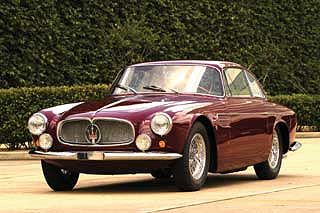 |
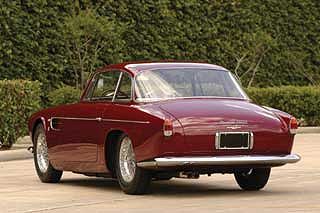 |
|
CHASSIS No 2115 165bhp 1,985 cc DOHC straight-six engine with twin-plug ignition, triple Weber carburetors, four-speed manual transmission, upper and lower A-arms, hydraulic shock absorbers at front, leaf springs, live rear axle, hydraulic shock absorbers at rear, four-wheel drum brakes. Wheelbase: 100.4". |
|
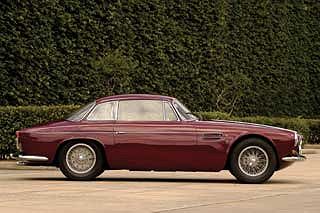 |
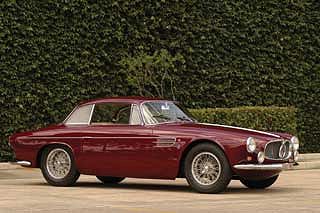 |
Ferrari and Maserati are the two Italian super carmakers. Back in the 1950s, these two manufacturers fought out titanic battles with their Formula One and sports-racing cars, until Maserati's withdrawal from World Championship racing in 1957. |
|
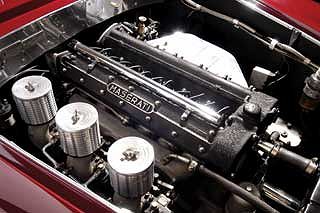 |
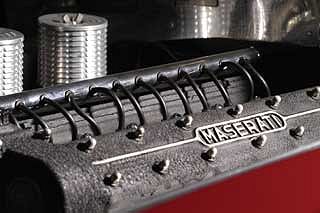 |
This car was steadily developed until, by 1955, it had become the A6GCS, now enlarged to two-liters and fitted with twin-plug ignition and triple Weber carburetors to give some 165 horsepower. Nearly always bodied in coupe form, by Allemano, Zagato or Pinin Farina, it was a popular and expensive car. They were extensively raced in the up to-two-liter class in such great events as the Mille Miglia or the Targa Florio and their nimble handling enabling them to sometimes hold their own with larger-engined Ferraris, or merely used as daily transport by the Italian Grandees of the period. |
|
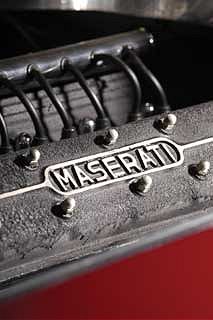 |
The A6G/54GT Berlinetta offered here is one of the rare, Allemano-bodied examples of which just fifteen were built and was Maserati's show car at the Geneva Auto Show of 1956. It had been ordered by Baron Emmanuelle "Tuolo" De Graffenreid, the Swiss "Works" driver for Maserati's Grand Prix factory team from 1936 to 1956. |
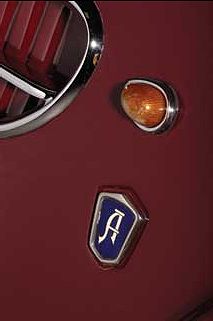 |
"Tuolo" sold his Maserati A6G to a Mr. Schneider in Lausanne, Switzerland in 1957, who kept it for many years. In the late 1960s, he gave the car to his workshop foreman who, in turn, sold it to San Franciscan John Bloch. Mr. Bloch, after re-uniting the Maserati with its original engine, sold it to a Mr. Baechtold who, in turn, sold the car on some time later. |
|
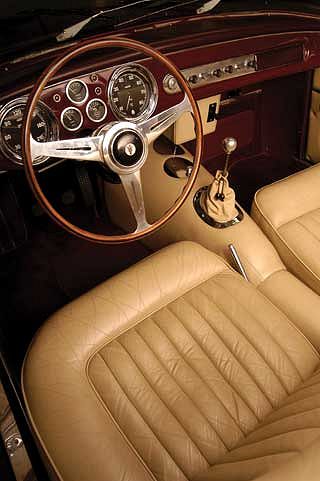 |
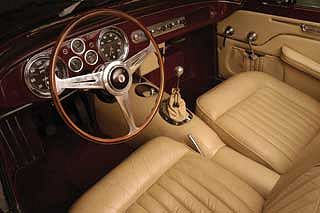 |
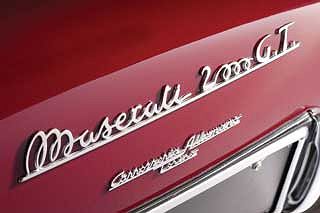 |
|
This Maserati has been extremely well restored, having been completely disassembled before being painstakingly put back together. It has beautiful maroon paint with a custom-made tan leather interior. The chassis was completely detailed to original specifications with suspension parts and brakes all completely overhauled. at the same time, the opportunity was taken to go through the engine and rebuild it to original specifications. All the gauges, wiring harness and all electrical and hydraulic parts have been completely rebuilt, to original specifications. |
|
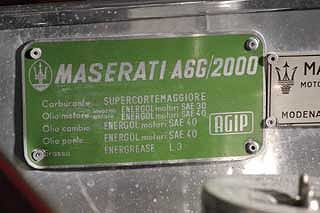 |
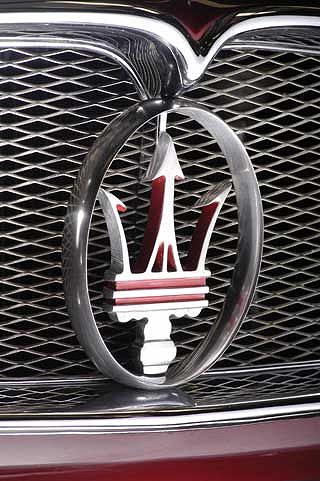 |
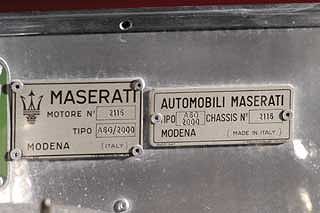 |
|
After restoration, this Maserati A6G is believed to have been shown at the Pebble Beach concours, where it placed well and attracted much favorable attention. This is an extremely rare car in perfect condition. A chance for the lucky buyer to obtain a 1950's Maserati that is truly exquisite. |
|
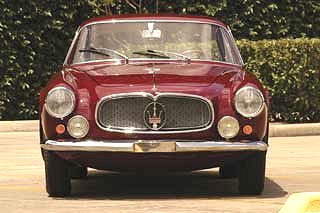 |
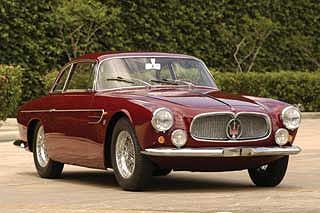 |
ESTIMATE US $160,000 - $200,000 / GB £106,000 - £133,000 (approx.) |
|
| NEXT PAGE: LOTS 134, 135 and 136. |
| BACK TO: LOTS 448, 449 and 450. |
 |
||
|
To enter Enrico's Maserati Pages CLICK HERE! Copyright: RM AUCTION INC. - © 2003. All rights reserved. |